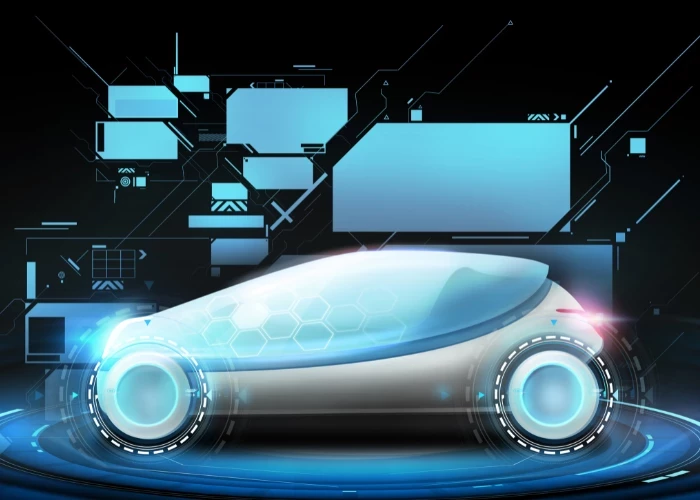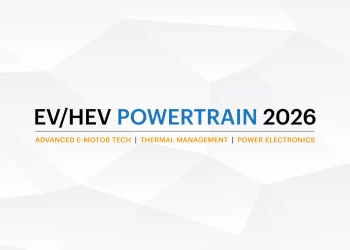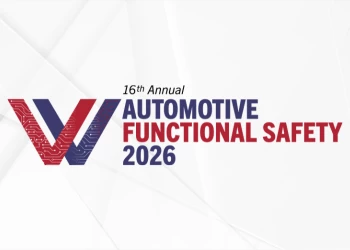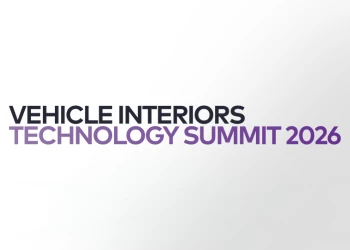Designing the Sound Experience with NVH Simulation
Add bookmarkCreating the perfect vehicle sound is a critical challenge that needs the buy-in of diverse decision-makers to establish targets, and greater inter-departmental collaboration to realize them. Free-driving sound simulation captures subjective sound preferences with real-time modification. It helps to cascade that target sound down to subsystem or component level, and provides a focal point where all relevant and available data (CAE or test-based) can be assessed for its impact on sound style. In this way, NVH
simulators can reduce uncertainty throughout the vehicle development programme: from target setting to delivery. This reduces the need for prototypes by more completely marrying the virtual-world design process with the real-world results, and enabling assessment of NVH predictions from CAE models.
The first requirement for a vehicle programme team is to define the target sound style. Diverse interests are often involved, and capturing their subjective decisions can be very difficult. Typically, the initial definition from the marketing or styling department is based on descriptive words, images, and possibly the identification of a benchmark vehicle or two to help define a type or feature of the sound they want. Translation of that into a defined engineering target or set of sounds is a huge challenge.









